There can be your advertisement
300x150
How to Insulate a House: 10 Simple Tips
1. Insulate Windows and Balcony Doors
Gaps in window frames are the main source of heat loss. In the past, our grandmothers would plug these with cotton and cloth scraps, but today there are all the necessary materials for this in stores. For example, silicone sealant, which can eliminate gaps between the frame and glass in the shortest possible time.
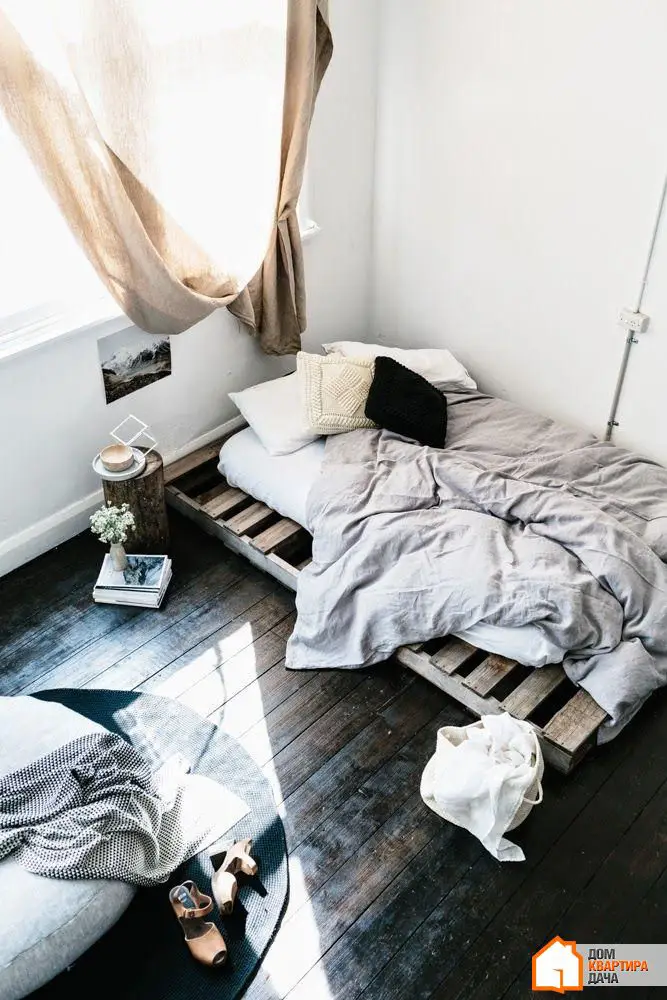
2. Open Up the Radiators
Don't cover radiators with curtains, clothes, or furniture – such barriers reduce radiator heat output by 20%. To avoid losing extra heat, hang drapes that drop just below the window or carefully fold the curtains onto the windowsill.
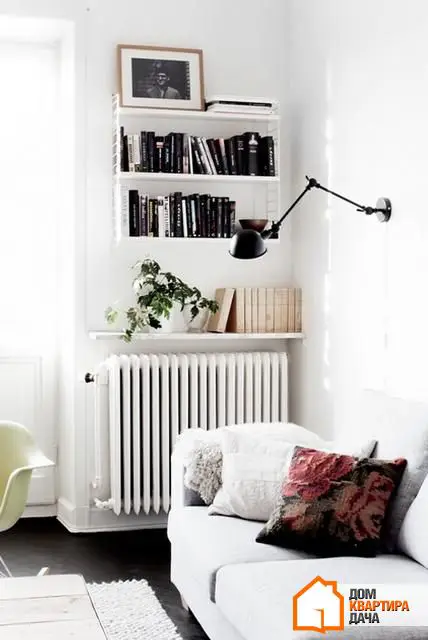
3. Reflect Heat from the Walls
Install a heat-reflective screen behind the radiator made of white-painted plywood or cardboard covered with foil. By the way, a white or beige radiator emits 5-10% more heat than one painted with dark paint.
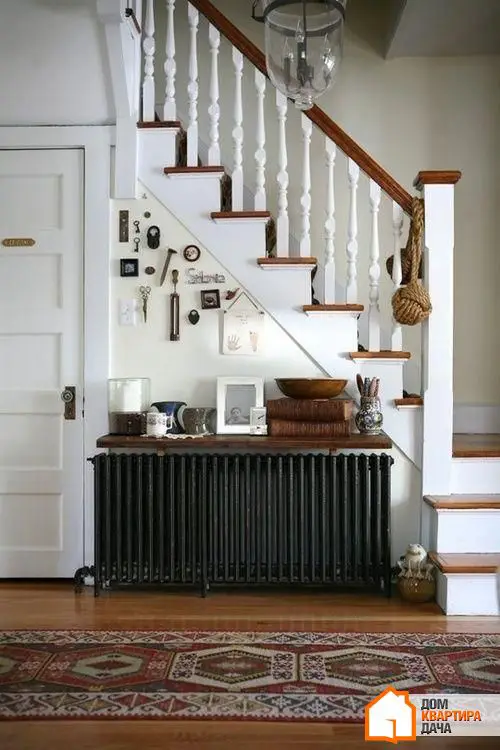
4. Turn on the Lights
On average, an incandescent bulb releases up to 90% of its energy as heat, making it extremely effective as a “heater.” Not economical, but very efficient for warming up.
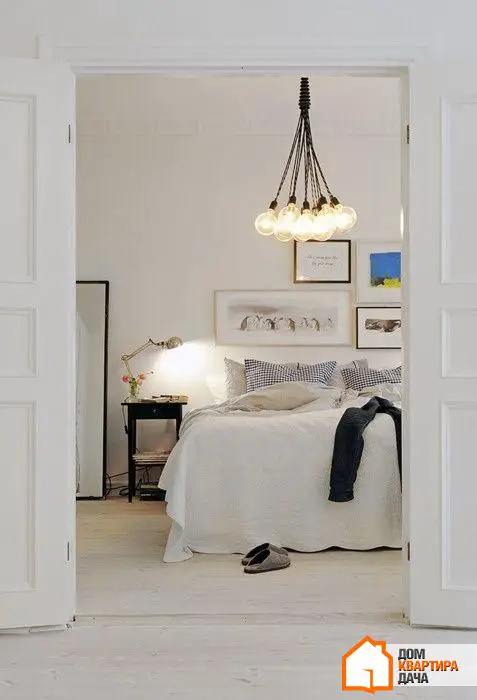
5. Seal Ventilation Holes
Often, heat escapes from the apartment through small, hard-to-notice ventilation holes. These can be covered with special grilles or ordinary cardboard. Additionally, the ventilation gap can be adjusted by shifting the cardboard.

6. Bake Something Delicious
Bake a pie or cookies. The oven will warm the kitchen and dry the air, and once done, you can enjoy the aroma of homemade treats. However, using a gas stove to heat an apartment should be avoided – running burners with closed windows will over-saturate the room with carbon dioxide.
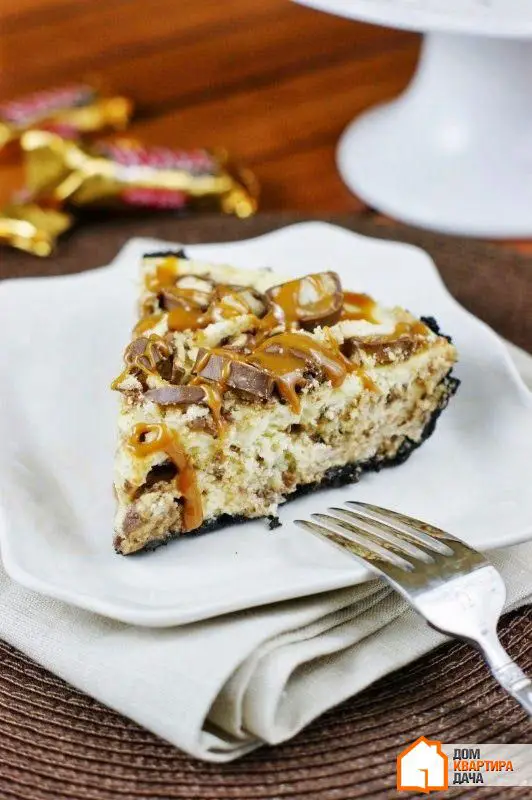
7. Bring Out the Fan
You can raise the temperature by a few degrees using a fan that directs airflow along the radiator and evenly distributes heat throughout the room. By the way, an electric heater can also serve as a heat source in this case.
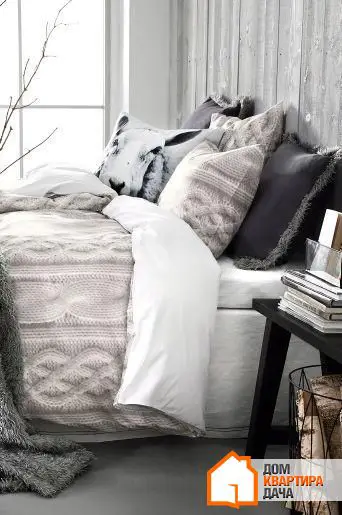
8. Remember the Carpets
Carpets will cover all gaps and significantly improve the room’s thermal insulation. This option is very convenient if for some reason you don’t want to install a full “warm floor” system in the room. An alternative to wall-mounted carpets is placing a cabinet or other bulky furniture snugly against the wall.
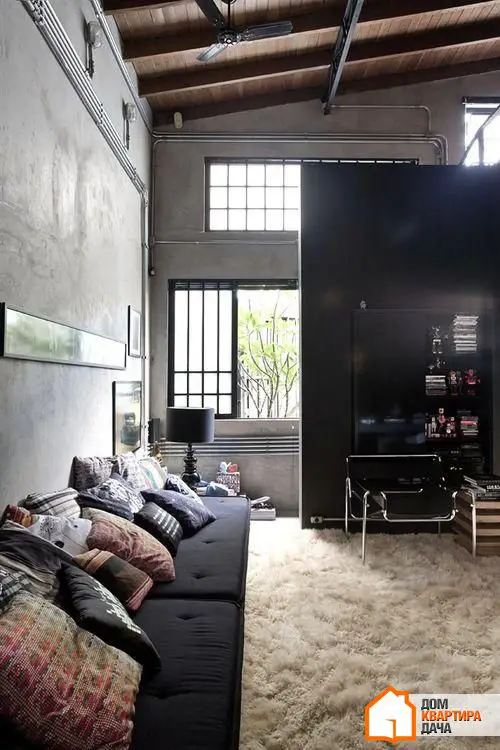
9. Don’t Overdo Ventilation
In winter, many of us don’t fully open the windows but instead keep them slightly ajar. Such ventilation causes significant heat loss, yet the air never truly becomes fresh. Fully open the windows in the morning and evening for ten minutes – the fresh air will quickly warm up from the walls and furniture.
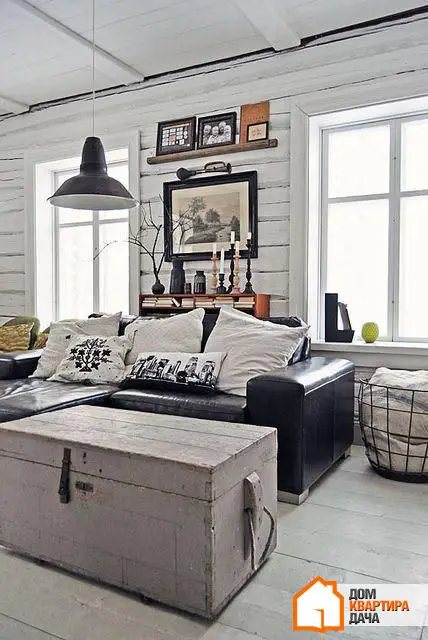
10. Add Some Color
Psychologists claim that warm colors in interior design make the space feel “warmer” on an intuitive level by as much as 5°C. Re-wallpaper or experiment with more red, brown, yellow, or orange accessories.
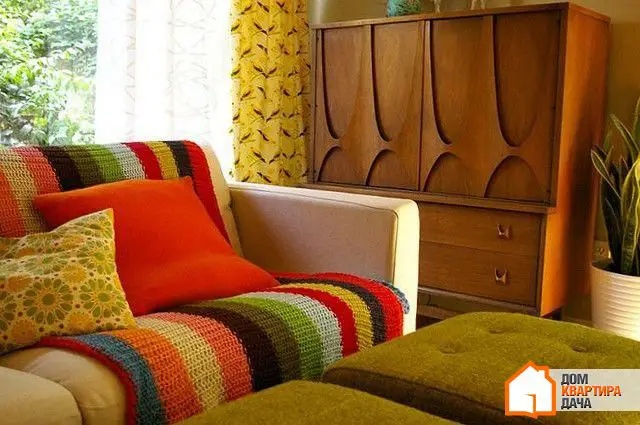
More articles:
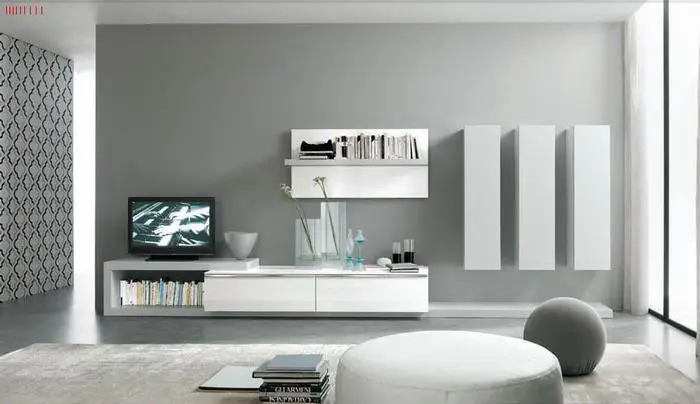 White Living Room Interior
White Living Room Interior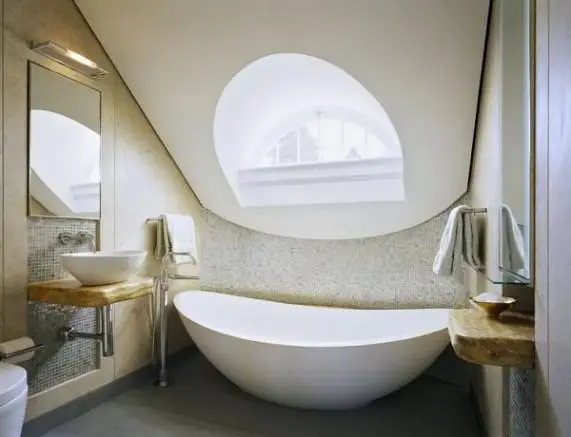 Design of Bathroom with Window
Design of Bathroom with Window How to Choose Wall Colors: Most Trendy Shades of 2014/2015
How to Choose Wall Colors: Most Trendy Shades of 2014/2015 Decorating Interior with Pillows: 5 Tips
Decorating Interior with Pillows: 5 Tips Marine Style in Interior Design: 3 Tips and 25 Examples
Marine Style in Interior Design: 3 Tips and 25 Examples Painting Rooms and Spaces: 10 Golden Rules
Painting Rooms and Spaces: 10 Golden Rules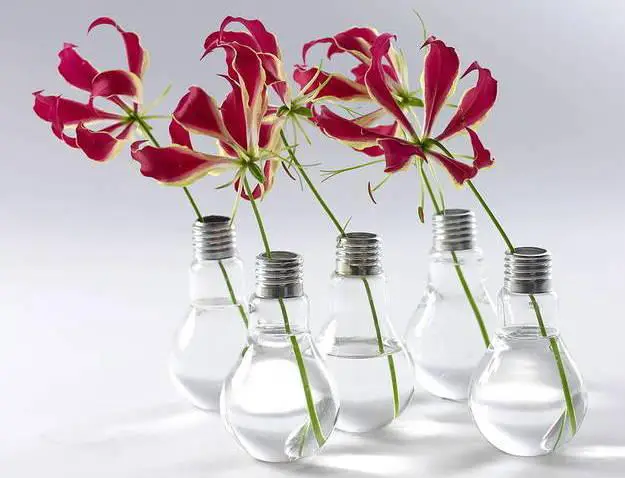 Useful Items: 6 Ideas to Decorate Your Interior with Things You Planned to Throw Away
Useful Items: 6 Ideas to Decorate Your Interior with Things You Planned to Throw Away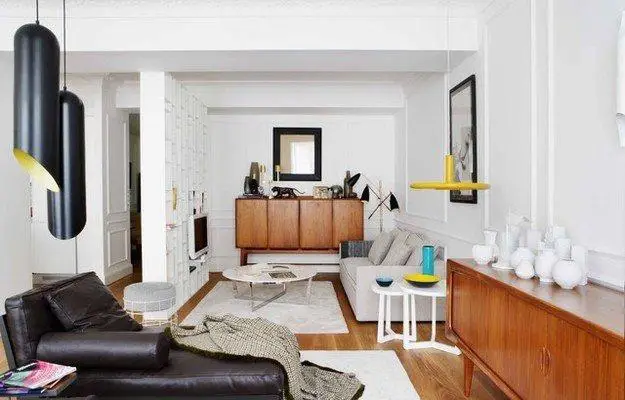 How to Decorate a Hallway in a Studio Apartment: 8 Ways
How to Decorate a Hallway in a Studio Apartment: 8 Ways